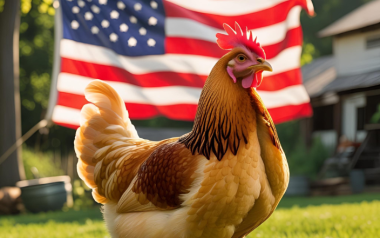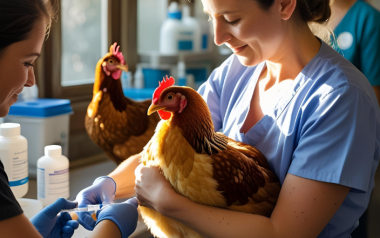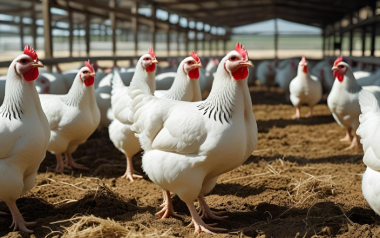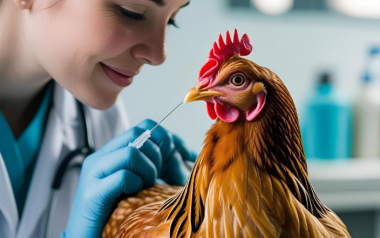Sources: Available upon request.
29 Nov 2024
Canada: antimicrobial plants studied for bacteria control in poultry
Researchers in Canada are exploring innovative solutions to address significant challenges due to bacterial infections, focusing on the use of antimicrobial plants to control bacteria in poultry.
Researchers in Canada are exploring innovative solutions to address significant challenges due to bacterial infections, focusing on the use of antimicrobial plants to control bacteria in poultry.
The problem with antibiotics
Traditionally, antibiotics have been used extensively in poultry farming to prevent and treat bacterial infections. However, the overuse of antibiotics has led to the development of antibiotic-resistant bacteria, posing a serious threat to both animal and human health. This has prompted scientists to search for alternative methods to control bacterial infections in poultry.
Promising antimicrobial plants
In Canada, researchers are investigating the potential of native plant extracts for their antimicrobial properties. Two plants, in particular, have shown promise: Rumex and Potentilla. These plants are being studied for their effectiveness in controlling bacteria such as Avian Pathogenic E. coli (APEC), which is a common cause of infections in poultry.
Research and findings
Dr. Sophie Kernéis-Golsteyn, a microbiologist at Lethbridge Polytechnic in Alberta, is leading a 2.5-year project funded by Egg Farmers of Canada. Her team has been testing native plants for antibiotic properties since 2016, building a collection of 150 samples. The extracts from Rumex and Potentilla have shown significant potential in protecting chickens against bacterial infections.
Mechanisms of action
The antimicrobial properties of these plants are attributed to their ability to stimulate beneficial microbiota and the secretion of digestive enzymes. Additionally, these plant extracts help alleviate inflammation, support the immune system, and improve overall production results in poultry.
Benefits and future prospects
The use of antimicrobial plants in poultry farming offers several benefits. Firstly, it reduces the reliance on antibiotics, thereby mitigating the risk of antibiotic resistance. Secondly, it promotes the health and well-being of the poultry by enhancing their immune response and digestive health. Lastly, it aligns with consumer demand for more natural and sustainable farming practices.
Challenges and considerations
While the potential benefits are significant, there are also challenges to consider. The effectiveness of plant extracts can vary based on factors such as the method of extraction, dosage, and the specific strains of bacteria present. Additionally, further research is needed to fully understand the long-term impacts of using these plants in poultry farming.
Conclusion
The exploration of antimicrobial plants for bacteria control in poultry is a promising field of research in Canada. By harnessing the natural properties of plants like Rumex and Potentilla, researchers aim to develop effective and sustainable alternatives to antibiotics. This approach not only addresses the issue of antibiotic resistance but also contributes to the overall health and productivity of poultry farming.








































